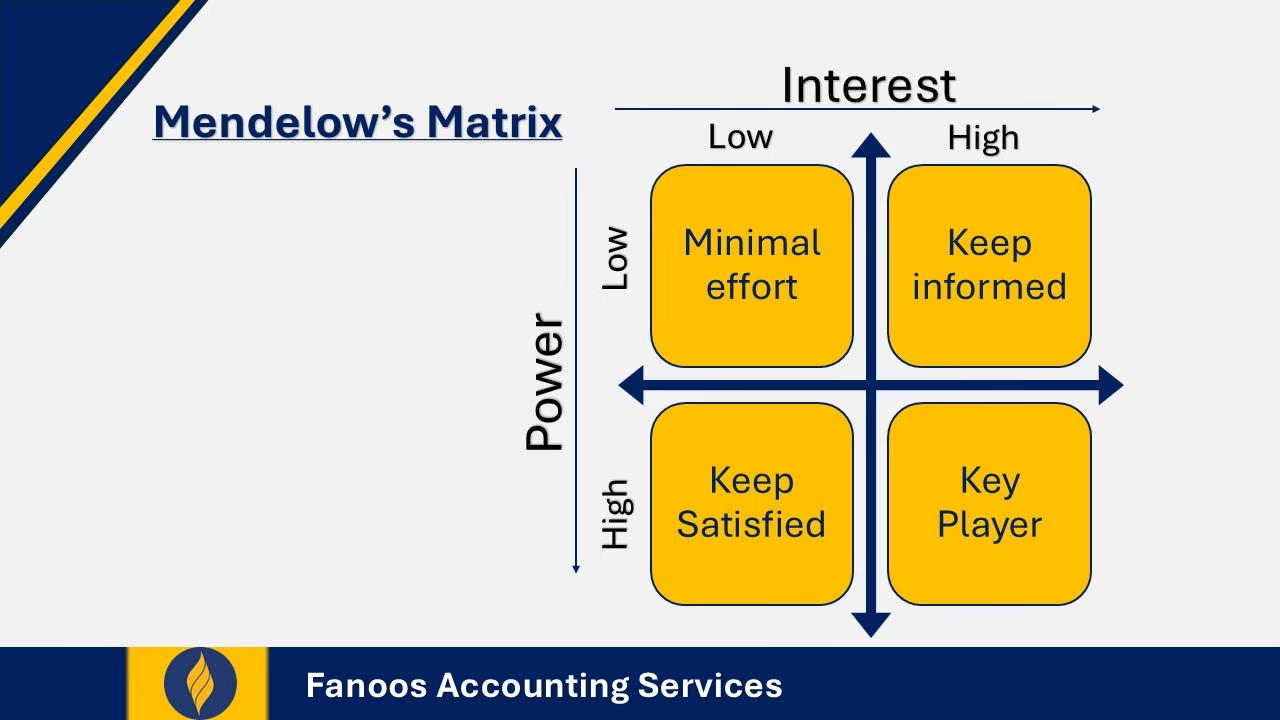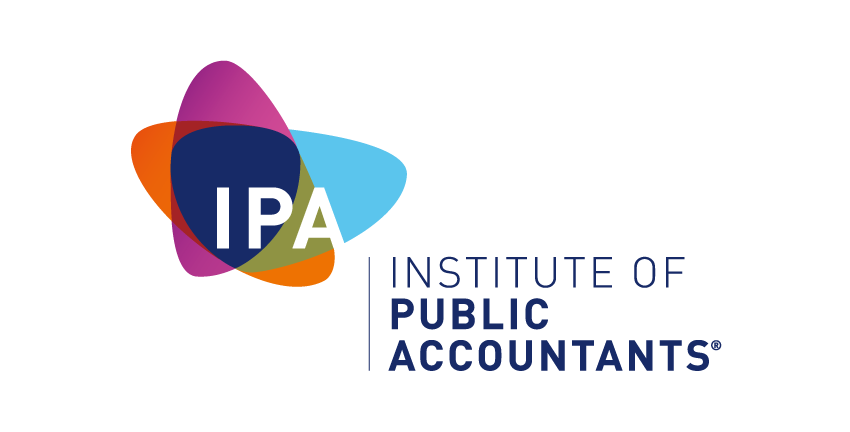At Fanoos Accounting, we provide high-accuracy bookkeeping services at the most competitive prices for organizations operating in Kabul, Afghanistan. Our expertise covers both NGOs and businesses, ensuring compliance, efficiency, and transparency in financial management. We leverage our deep accounting knowledge and cutting-edge tools to support our clients with reliable and precise bookkeeping solutions.
Our Bookkeeping Services
- Cash Book Maintenance
Managing cash flow effectively is critical for any organization. We ensure systematic recording of all cash transactions, helping businesses and NGOs maintain an accurate and up-to-date cash book.
Our services include:
- Recording daily cash inflows and outflows with precision.
- Reconciling cash balances to prevent discrepancies.
- Generating periodic cash flow reports for informed decision-making.
- Payroll Calculation
Efficient payroll management is essential for compliance with labor laws and ensuring employee satisfaction.
Our payroll services include:
- Accurate calculation of salaries, deductions, and allowances.
- Compliance with Afghanistan’s tax and labor regulations.
- Preparation of payslips and payroll reports for management and audit purposes.
- Vouchers Preparation
Proper documentation of financial transactions is essential for transparency and compliance.
We provide:
- Preparation of payment, receipt, journal, and adjustment vouchers.
- Categorization and coding of transactions according to accounting standards.
- Archiving vouchers in a structured manner for easy retrieval during audits.
- QuickBooks Data Entries
As experienced QuickBooks professionals, we ensure accurate and efficient data entry for seamless financial management.
Our services include:
- Posting transactions into QuickBooks with correct classifications.
- Bank and ledger reconciliations to maintain accuracy.
- Customizing reports to provide clear financial insights.
- Financial Reporting
Timely and accurate financial reporting is crucial for stakeholders and regulatory compliance.
We assist in:
- Preparing financial statements, including income statements, balance sheets, and cash flow statements.
- Generating donor-specific financial reports for NGOs.
- Ensuring compliance with international and local financial reporting standards.
- Bank Reconciliation
Maintaining accurate bank records is crucial for financial accuracy.
Our bank reconciliation services include:
- Comparing bank statements with accounting records to identify discrepancies.
- Adjusting records to reflect accurate cash positions.
- Detecting and preventing fraudulent transactions.
- Remote Accounting Services
We provide high-quality remote accounting services for businesses and organizations worldwide, including the USA, Canada, the UK, Arabic countries, South America, and Australia. Our remote accounting solutions cover:
- Dext Management: Uploading receipts and processing them for accurate financial recording.
- QuickBooks Online (QBO) Services: Posting and matching transactions to ensure proper categorization.
- Keeper Application Review: Conducting thorough financial data reviews to maintain accuracy and compliance.
Pricing
Our service charges are based on the volume of transactions and the location of the organization. Pricing starts from $90-300 per month, with the exact amount finalized after an assessment, proposal submission, and contract agreement.
For remote accounting services, our monthly charges start from $300 up to $700, depending on the volume of transactions and the number of clients.
Why Choose Fanoos Accounting?
- High Accuracy & Professionalism: Our team ensures meticulous attention to detail in every financial transaction.
- Cost-Effective Solutions: We offer the most competitive pricing without compromising service quality.
- Experienced Accounting Experts: With deep industry knowledge, we provide tailored solutions to meet your needs.
- Quick & Reliable Services: We ensure timely completion of all bookkeeping tasks to help your organization stay financially organized.
- Compliance & Transparency: Our services adhere to local tax laws and international accounting standards.
Contact Us
If you are an NGO or business in Kabul looking for professional bookkeeping services with accuracy, compliance, and affordability, Fanoos Accounting is your trusted partner. Contact us today to learn how we can support your financial operations effectively.
Website: www.fanoosaccounting.com
Email: info@fanoosaccounting.com
WhatsApp: +93799764533




































